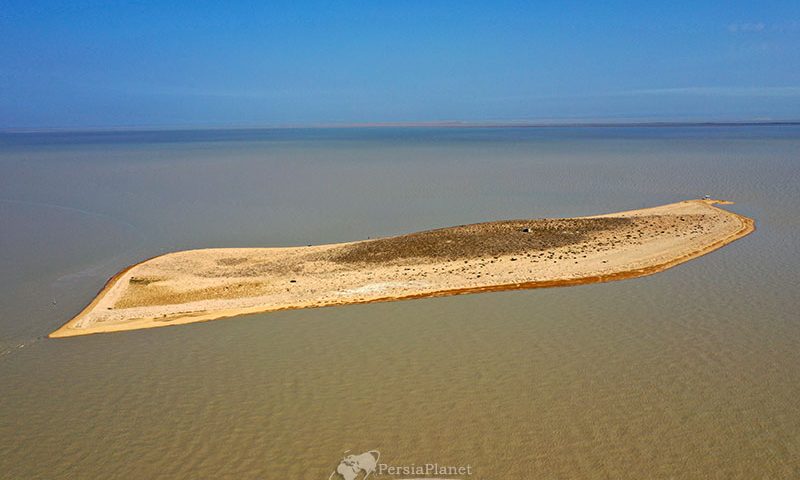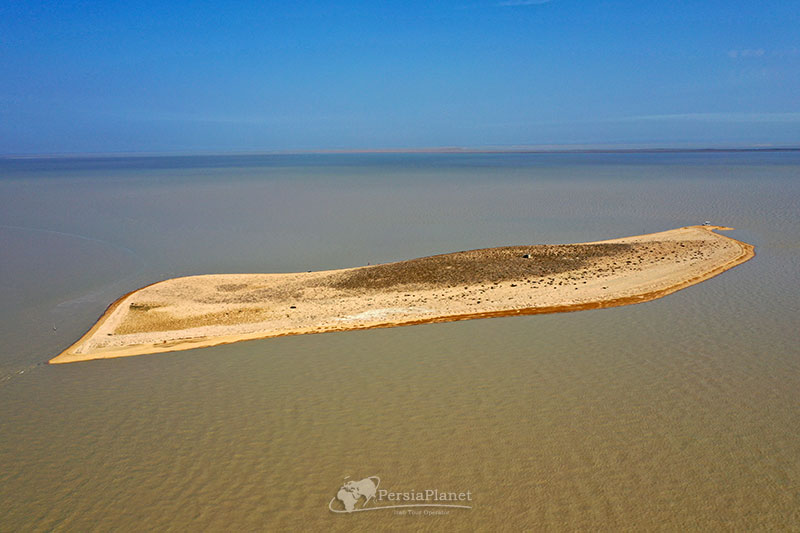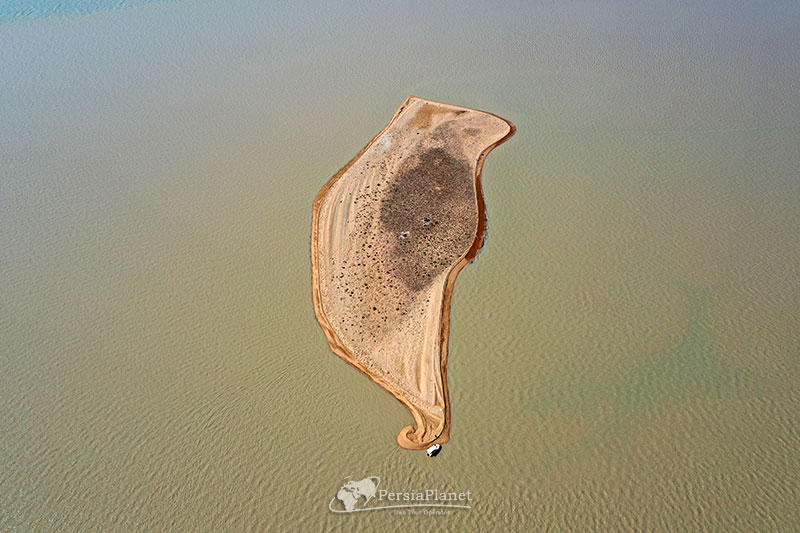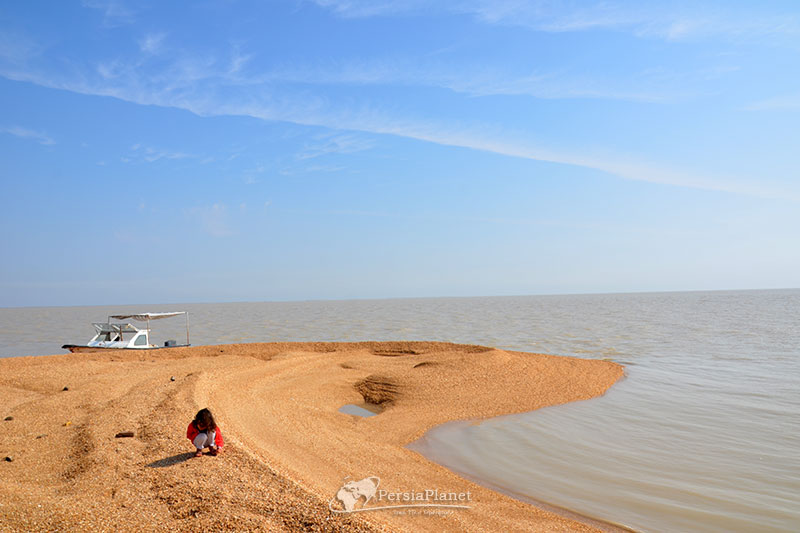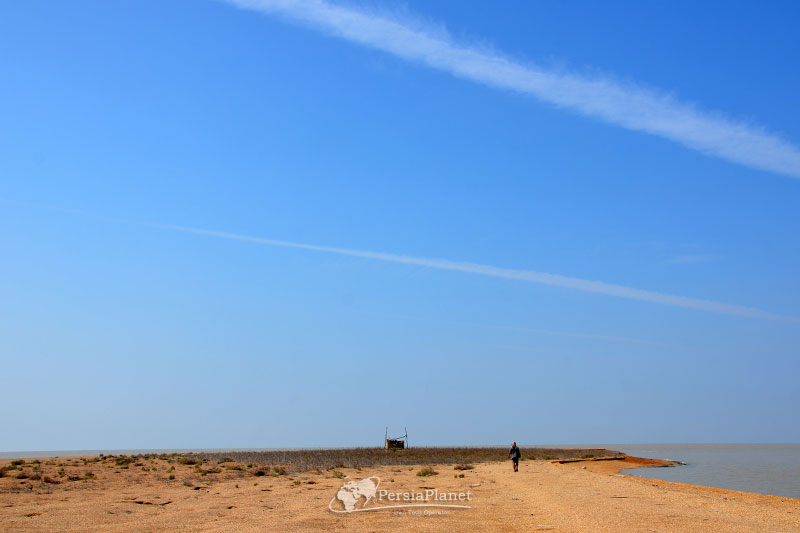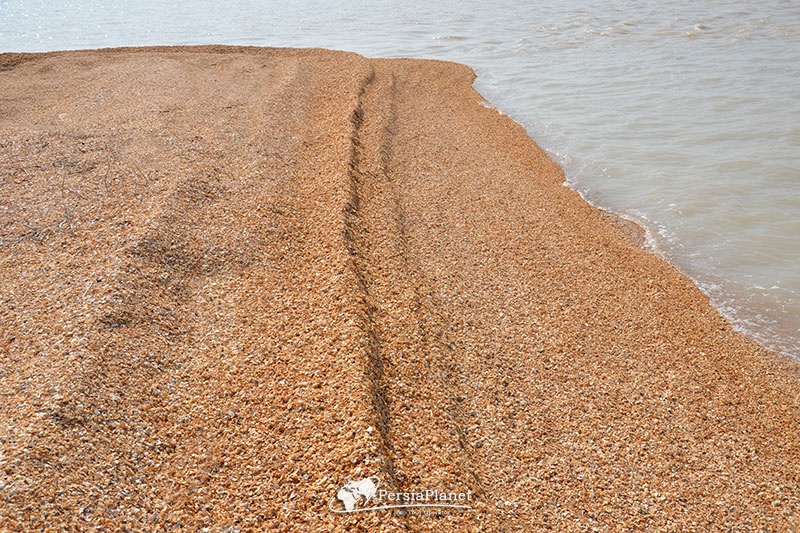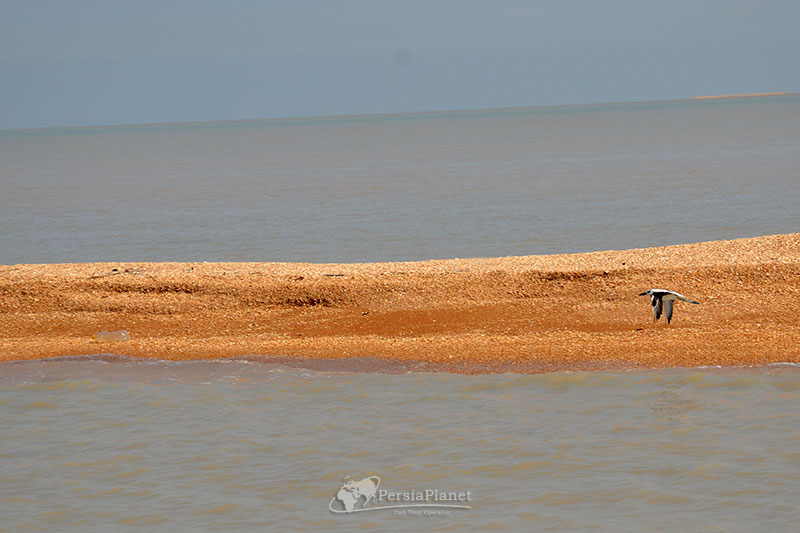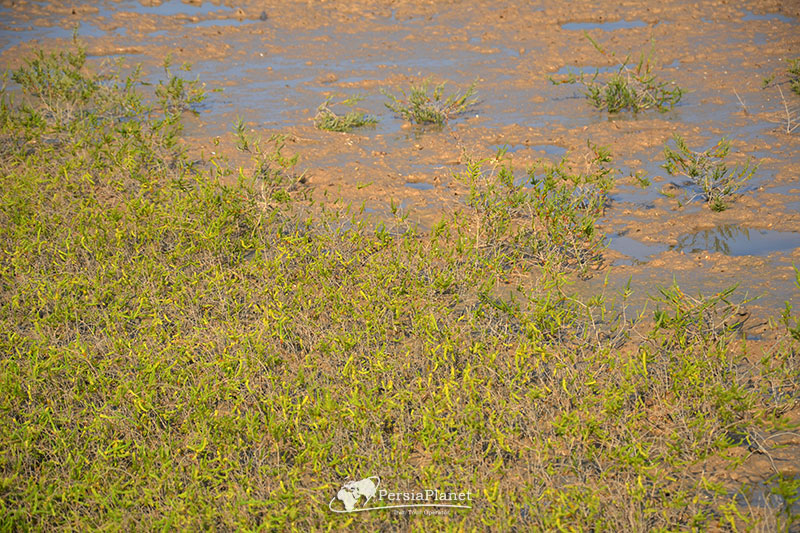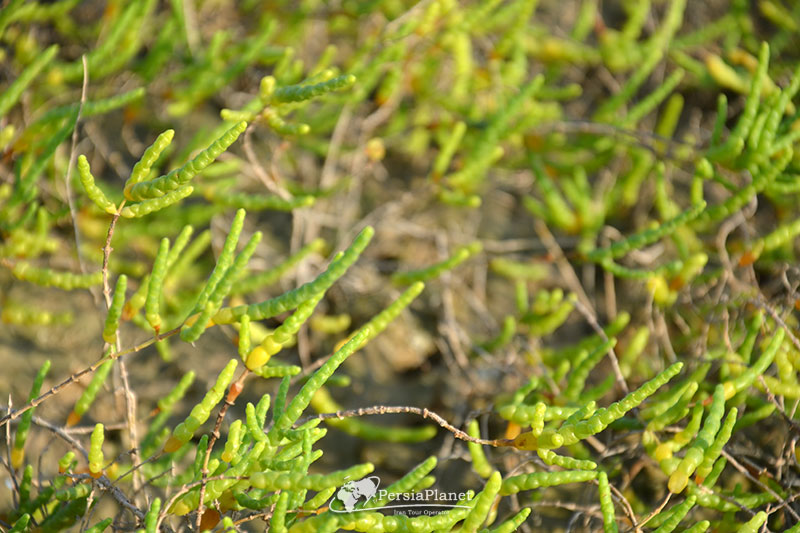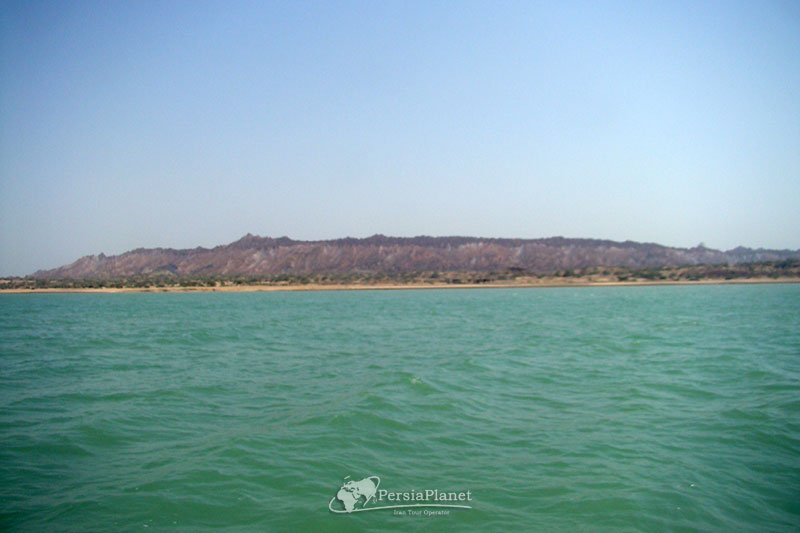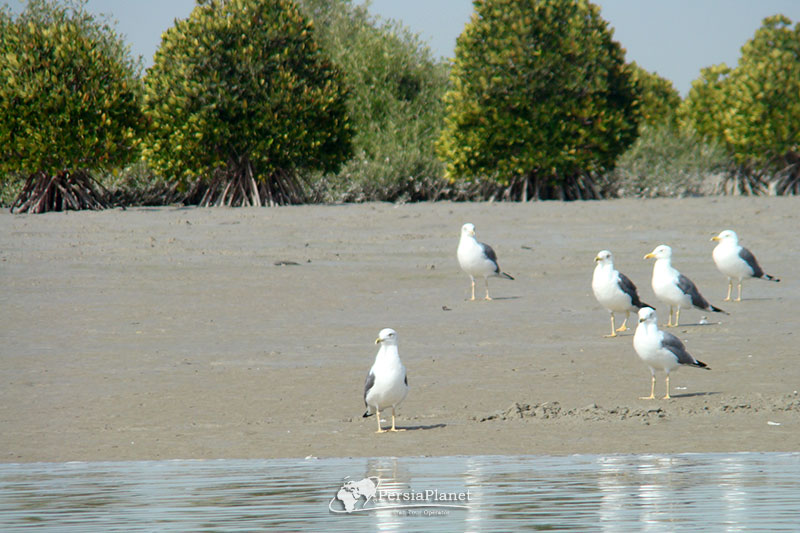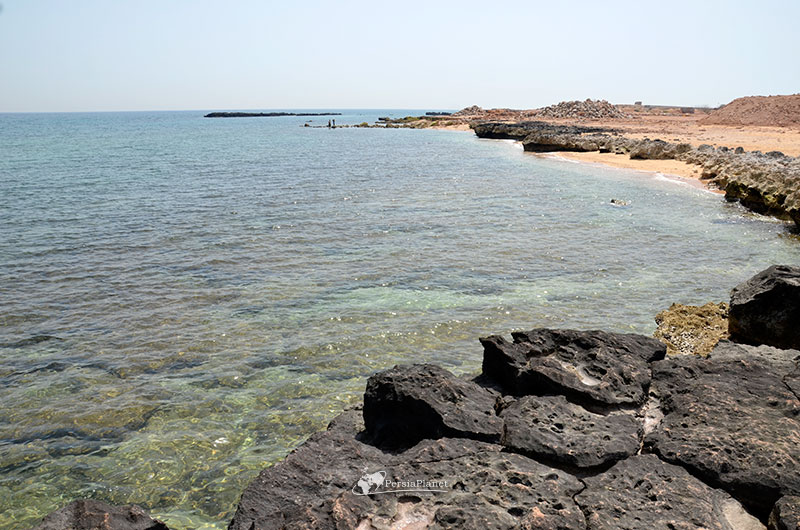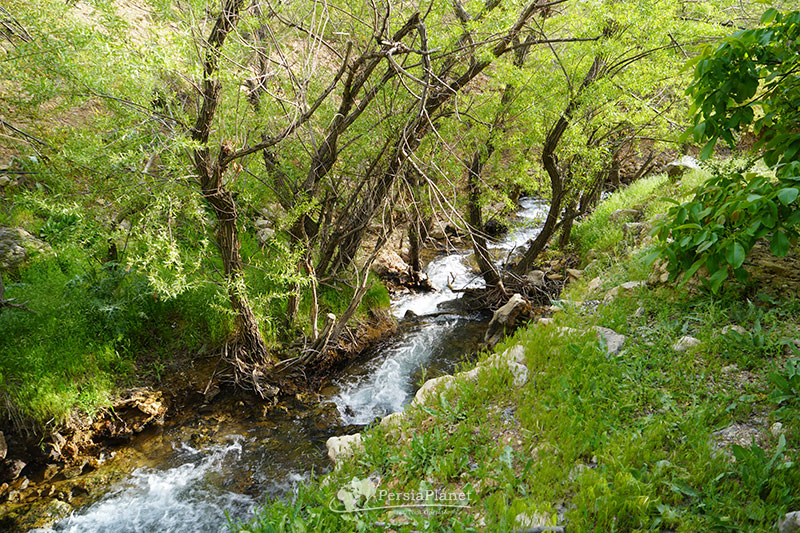Ghabr-e Nakhoda island

Karkheh National Park
September 9, 2020
Dara Island
September 9, 2020In the south of Bandar Mahshahr, there is a very large estuary, which, of course, is not very similar to the estuary due to its large size and can be mentioned as a part of the Persian Gulf. The estuary is a depression on the shore where water enters and forms a bay-like area. Estuaries are found in large numbers on the southern coasts of Iran in the Persian Gulf, especially in the Sea of Oman. Maidani estuary, Khalasi estuary and Gabrik estuary are some of these famous estuaries on the shores of the Oman Sea, which are among the important attractions of these areas.
One of the largest estuaries in the Persian Gulf, which is located south of Mahshahr port, is known as Musa estuary (Khor-e Musa). The way to enter this estuary is through Mahshahr port and after about 2 hours of boating, you can reach the end of the estuary, which is called the Persian Gulf from now on.
There are several small and large lands in the middle of Musa estuary, which increase in number with the tide of water and decrease with the rising of water. In the meantime, there are several permanent lands that can be mentioned as islands in the Persian Gulf. One of these islands is known as the Ghabr-e Nakhoda (Captain’s Tomb), which is a little more than an hour away from Mahshahr port and there is no way to reach it except by using a speed boat in favorable weather.
The Ghabr-e Nakhoda is a small island and reaches its minimum size by sea, which takes less than half an hour to walk around the island.
The Ghabr-e Nakhoda is an uninhabited island with no inhabitants other than birds and small animals. There is no tree inside the island and it is just covered with small bushes that become a breeding ground for migratory birds in early spring.
There is a small quadrangle in the middle of the island with something resembling a tombstone inside. It is said that a captain (Nakhoda), a native of Bushehr port, may have passed through this area with a Lang (a kind of ship), where the dinghy sinks. It takes a long time for them to find a way to save themselves and Lang, and the captain, (in another version, the captain’s daughter), dies and is buried here. From now on, this island is known as the tomb of the captain or Ghabr-e Nakhoda. In any case, there is no credible document for this story, and at present, only these four walls and tombstones are the only human remains inside the island. The island environment is beautiful and the beach is relatively clean.
The island is under the supervision of the Environmental Protection Agency and entry into it requires coordination with this organization. After this coordination you can talk to local boatmen and see the island.
Mehdi Gholami.

